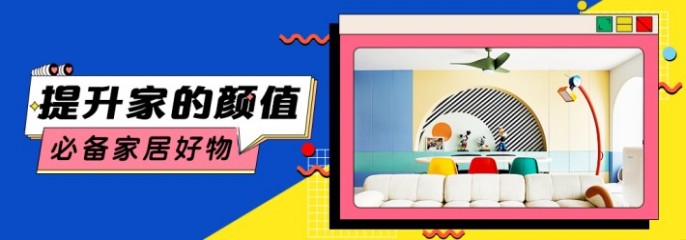PChouse:Thank you for your brilliant ideas, like ostrich pillow and kangaroo light. How does your inspiration come from, and how do you manage to make ideas keep flooding in?
We listen very well, we observe very well. When I would go back home, having seen things in this journey which help me to discover many beautiful things, and they stimulate other things. So I think it’s about being aware, and observing. Like in China, not like in Europe, fewer people are using headphones. Why? So this question leads to a second question, and you are constantly asking questions. And the beautiful things about the nature we are living in is that you can ask all the questions you want to anyone, and you can get answers from them or the internet. The other thing is team. You know Eskimos have 82 different names for white because they are surrounded by it. So if Eskimos come to Hong Kong, they would feel really different because there are too many colors. If you put people that see things differently, you will create unexpected solutions.
PChouse:As you are a designer from UK, could you please share with us some of the uniqueness of British designs?
We normally don’t think of styles. In fact in our studio, people are from different places, like Japan, Spain, Argentina, Portugal, France, Brazil… Everyone comes from different backgrounds, maybe they come from finance, etc. It’s actually not about style, but what’s in our brains.
PChouse:How do you think of the commercialization of design works?
I don’t know much about that part of the work. I wish there were places where one creative studio could go and access to many interesting distributors, because then it can make our life easier. We can spend more time creating. But as we don’t come from that part we don’t know if this model exists.
PChouse:How do you define your graphic thinking?
In terms of graphic thinking, most people think of graphic design as a visual process, but we define it as a thinking process. For example, how do you relate complicated information and simplify it. Like in you are in a beautiful building, how do you find the toilet? It’s a graphic exercise. Then you are in a toilet you close the door, that space can make you think. And again, graphic thinking may ask you questions. So it’s about informing and provoking rather than just informing. That’s why we call it graphic thinking because it has many lengths that can create a journey. It works really well in conjunction to other things we do.
PChouse:You work with many people from different backgrounds, and you own different studios. How do you collect people?
Key, my best friend and business partner, he and I met many years ago in London in university. And then we met somebody else named Alex, so we’re three partners. So studio KG is where we began, but not where we are right now. So we don’t use studio KG as a place to communicate. Because it’s very much about us, but the studio is not about us, but about people and ideas. So we changed to studio banana. So now all our activities are in studio banana.
It’s like magnet. We will have people knocking our doors and say we have the same philosophy, let’s see if it works. If they love, they stay, if not, they leave. And we have collaborators and experts coming in our projects.
PChouse:What’s your plan?
We don’t have plan, we have direction. So you can be anywhere. So when people ask where we want to be when we get older, we would say that we want to have a creative studio that does unexpected, unimaginable things, together with really talented people and make impact in society, locally and globally. Creativity is our passion. For us product is not just product, but everything that connects to it. It’s the whole experience that matter, that’s what we strive to do.
PChouse:Could you please describe the common points of your team?
Everyone share a common philosophy, eager, hunger to discover new things. We do many things today because the team wants to do them. The studio is everyone’s project. We all share temperatures, tensions, curiosity, and we are all very empathetic. When we meet someone, we are eager to ask questions about him/her, so we learn things. And people in our team enjoy both sides of their heads, like to play and like to structure their ideas.
We occasionally connect clients from USA and India who have lots of problems, making them to cook and eat together. The effect was amazing, they understood each other better. The relationship changed dramatically.




 佚名
2015-12-04 14:50:04
佚名
2015-12-04 14:50:04




